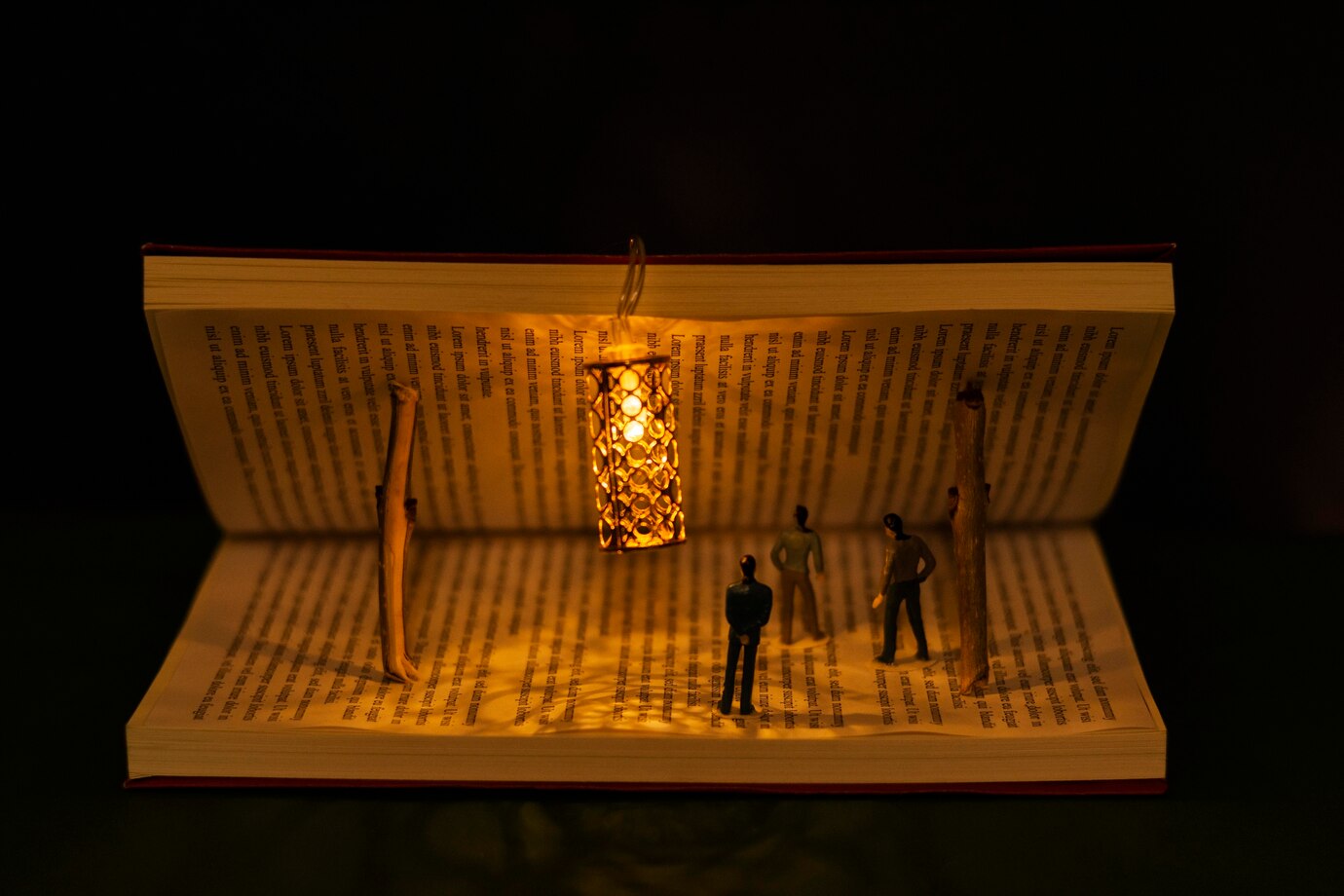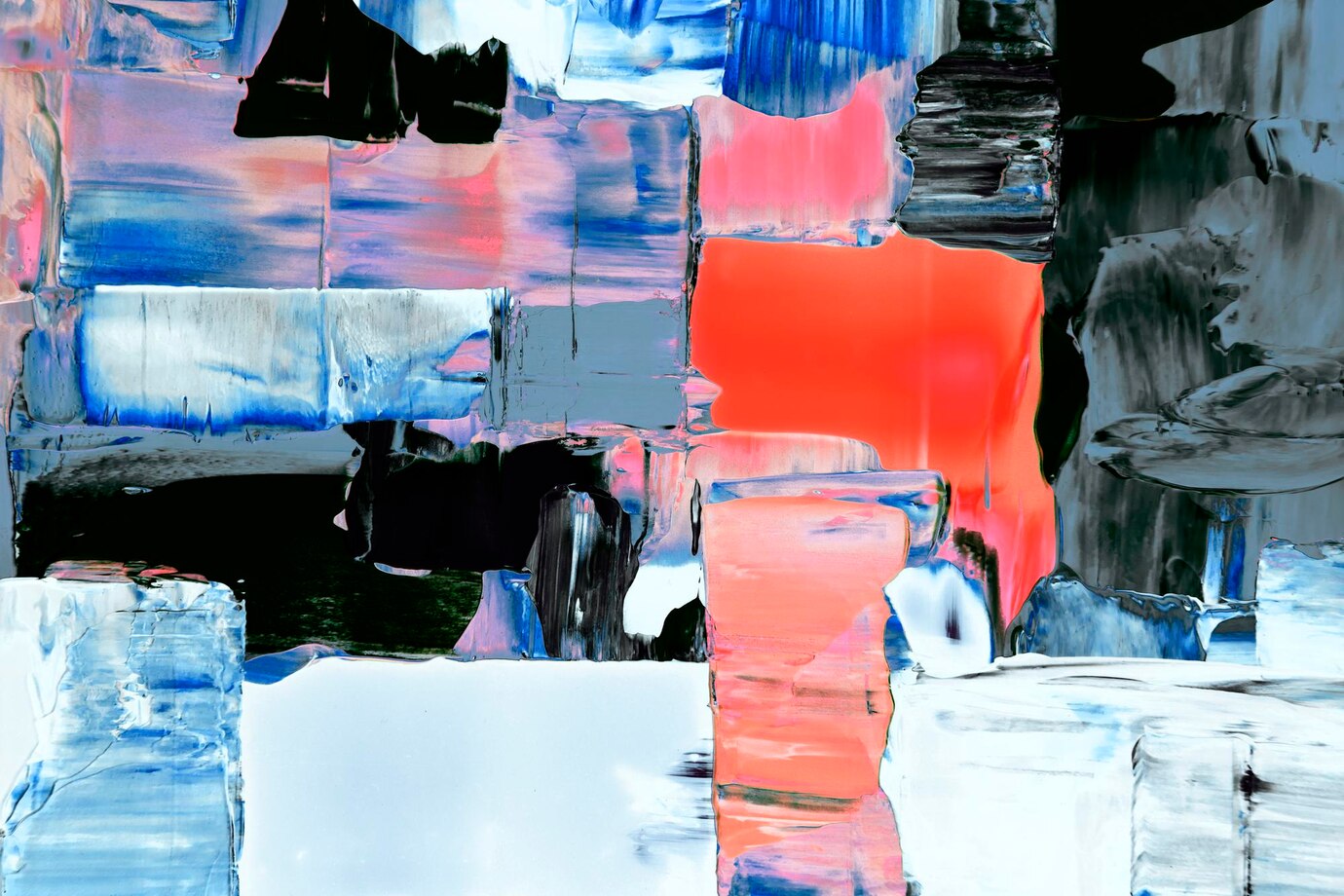Art is more than color, shape, and form—it’s emotion, mood, and story. Among the most powerful tools an artist has to craft those intangible elements is the interplay of light and shadow in paintings. These contrasting forces do more than define a figure or highlight a focal point; they build entire atmospheres, evoke feeling, and deepen the narrative behind every brushstroke.
The Foundation of Mood in Art
The moment light meets shadow, tension is created. This tension becomes the root of emotional impact in visual art. Artists use it to control how viewers perceive space, energy, and emotional tone. Whether it’s the soft glow of morning light casting gentle shadows across a quiet field or dramatic chiaroscuro illuminating a figure lost in thought, light and shadow in paintings create the visual foundation for mood.
From the calm serenity of pastel highlights to the gripping intensity of bold darkness, these elements act as the emotional script beneath every image. Without a single word, the contrast of light and shadow tells us whether we should feel peace, suspense, sorrow, or hope.
Directing the Viewer’s Eye
In storytelling—whether in books, film, or visual art—directing the audience’s attention is critical. Painters use contrast not just for aesthetic appeal, but to guide the viewer through the story embedded in the canvas. Light and shadow in paintings help highlight certain subjects while obscuring others, controlling the pace at which the viewer digests the visual narrative.
Artists like Rembrandt and Caravaggio mastered this technique, using shadows to cloak parts of the canvas in mystery, while guiding the viewer’s eye to the most important emotional or symbolic element. In modern works, contemporary artists continue this practice with abstracted light sources and layered shadows that shift perception, creating room for personal interpretation.
This manipulation of contrast acts as the artist’s storytelling compass—inviting viewers to look deeper, linger longer, and uncover the hidden emotional truth of the piece.
Symbolism in Light and Shadow
Beyond technical use, light and shadow in paintings carry immense symbolic weight. Light often represents clarity, knowledge, divinity, or rebirth, while shadow can symbolize mystery, introspection, or the unknown. These symbolic layers add to the visual story, offering subtext and spiritual nuance.
In expressive and visionary works, a figure bathed in light might suggest revelation or healing, while one cloaked in darkness may reflect isolation, grief, or inner turmoil. When both exist within the same frame, the viewer is presented with a full emotional spectrum—revealing the internal conflict or transformation occurring within the subject.
Artists use this symbolic duality to tell human stories, ones that reflect not just what is seen, but what is felt and endured. These elements ensure that even a still painting can pulse with narrative life.
Atmosphere in Abstract and Mixed Media Art
Even when a painting moves away from realism, light and shadow in paintings remain central to atmosphere. In abstract or mixed media works, contrast isn’t bound to natural lighting—it becomes more emotional and instinctual. Through strategic layering, texture, and tonal shifts, artists evoke dream-like or otherworldly spaces.
In these compositions, light might take the form of a glowing white texture radiating from the canvas’s center, while shadow might be conveyed through scratched, burned, or deeply pigmented layers. The result is an emotional landscape that, while not immediately representational, tells a deeply human story.
Many intuitive and contemporary artists use contrast to channel feeling over form—using light and shadow to evoke the kind of atmosphere that resonates on a subconscious level. In these pieces, the viewer becomes an emotional participant in the painting’s story.
Capturing Time and Space Through Contrast
Light and shadow do more than suggest feeling—they also frame time and place. In landscape works, shadows may hint at the time of day, season, or weather, all of which shape the setting of the visual narrative. In portraits, the angle of light can suggest the presence of a window, candle, or unseen environment, building context around the subject’s world.
The clever use of light and shadow in paintings can even collapse time entirely, placing different temporal moments into a single frame. A sudden beam of light falling across a shadowed face might suggest a turning point, a moment of realization, or the arrival of something unseen but imminent.
These nuanced uses of contrast extend beyond mere realism—they construct entire atmospheres, giving viewers clues about what came before and what might follow in the unfolding story.
Emotional Resonance That Lingers
The strongest paintings are the ones that stay with us long after we’ve stopped looking at them. This lingering effect is often achieved through atmosphere. And it is light and shadow in paintings that generate that emotional residue—the kind that causes viewers to pause, reflect, or return to the work again and again.
In both subtle and dramatic applications, contrast has the ability to stir emotions that are hard to name but easy to feel. When light and darkness interact on canvas, they mirror the light and darkness within ourselves, allowing for personal connection and emotional resonance.
That emotional echo is the essence of visual storytelling. It’s not about delivering a clear narrative, but about creating space for meaning. And nothing creates that space more effectively than the atmospheric power of light and shadow.
Conclusion: The Unspoken Storytellers
In the hands of a skilled artist, light and shadow in paintings are more than technical tools—they are unspoken storytellers. They lead the eye, shape the mood, and carry symbols that deepen our connection to the work. Whether in abstract, figurative, or mixed media art, the contrast between light and dark invites us to see beyond the surface—into the story beneath.
The next time you encounter a painting that pulls you in or lingers in your thoughts, consider how contrast shaped that experience. It may not be what you saw at first, but it’s likely the reason you felt something lasting.


